The lead poisoning scandal at a kindergarten in Tianshui City, Gansu Province (northwest China) continues to stir public opinion after the central government launched an official investigation. This is a rare response from the State Council - the highest body in the Chinese government - to a local incident.
According to domestic media, 233 out of 251 children studying at this school were found to have blood lead levels exceeding the safe threshold, of which nearly 100 children had levels above 200 mcg/L - the level determined to be severe lead poisoning.
Initially, the test results provided by local authorities were all “normal”, which reassured parents. However, after many families took their children to hospitals in Xi’an, Beijing and Shanghai for examination, the real indexes were revealed, dozens of times higher than the original number.
According to China National Radio (CNR), a parent was told her child was “normal” in Tianshui, but when retested in Xi’an, lead levels were found to be as high as 528 micrograms per liter.
State media reported that 70 children tested in Xi’an exceeded lead poisoning limits, including six with levels exceeding 450 mcg/L. However, the government has not made all local testing data public.
In the investigation report, the authorities said they took samples of food, drinking water, outdoor soil, equipment... at the school and three related facilities. Two food samples - three-color steamed date cakes and corn sausages - were found to have lead levels more than 2,000 times higher than the threshold allowed by national food safety standards.
However, this conclusion did not calm public opinion. “The children only eat steamed buns and cornbread rolls with sausages once or twice a week, how could they be so seriously poisoned?”, a parent named Ngo asked CNR .
High-level investigation team investigates, suspecting school used toxic paint in food
The Gansu provincial government said the provincial investigation team, chaired by the provincial Party secretary and governor, will coordinate with police, discipline inspectors, health and environmental ministries, and the State Council Food Safety Commission.
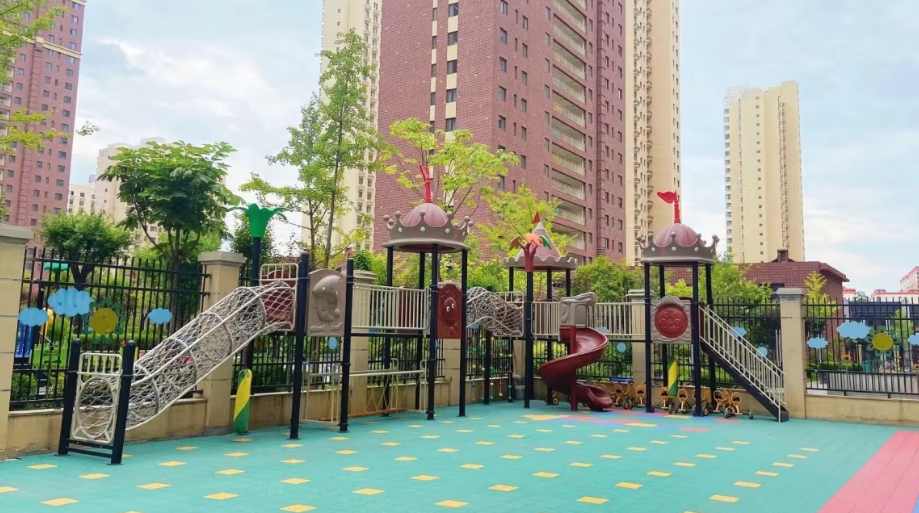
Heshi Peixin Kindergarten/WeChat
Local police have also detained eight people involved, including the kindergarten principal, after they were suspected of using non-food grade industrial paint to color the cakes.
However, the public remains skeptical about this conclusion. Many people say it is hard to believe that a chef would intentionally mix toxic paint into children's food. Parents suspect other causes such as water pollution, air pollution or construction materials.
Public opinion calls for transparency of information about the incident
The incident has reminded many people of the 2006 Tianshui lead poisoning incident, when more than 200 people were found to have high levels of lead but received “normal” results from a government testing center. Suspicion at the time was that the water source was contaminated by chemical factories, but the government insisted that the factories were “up to standard”.
Media experts and lawyers say that withholding information in public safety incidents makes crises worse when the truth comes out.
“Local authorities should be completely transparent and allow independent investigations to ensure fairness,” a lawyer who has represented victims in lead poisoning cases told the press.
Previously, on July 11, CNN said it had repeatedly tried to contact the Tianshui government and the State Council Information Office of China but received no response.
Parents demand compensation and regular health check-ups for children with lead poisoning
According to SCMP , the children are currently being treated with sodium calcium edetate - a drug that helps remove lead from the body through the kidneys. The parents are demanding that the government take responsibility for all treatment and travel costs, compensation for mental damage, and commit to providing free annual health checks for the poisoned children for many years to come.
The parents also requested that the school provide complete records of its purchasing and food preparation practices to verify that paint was actually added to the food. They also wanted the authorities to rule out the possibility of contamination from the surrounding environment, such as groundwater or industrial plants.
Under current Chinese guidelines, blood lead levels of 100 mcg/L or higher are considered abnormal, and 200 mcg/L or higher is toxic. However, this standard is still much lower than the World Health Organization (WHO) recommended levels, which start at 50 mcg/L.
China’s draft new regulations for 2021 stated that for children under 6 years old, lead levels of 50-100 mcg/L can cause developmental delays, reduced cognitive abilities, and attention disorders. However, it is unclear whether these new regulations will be applied or not.
Source: https://vietnamnet.vn/vu-233-tre-nhiem-doc-chi-tai-truong-mau-giao-chinh-quyen-trung-uong-vao-cuoc-2421187.html




![[Photo] Prime Minister Pham Minh Chinh chairs the Government's online conference with localities](https://vphoto.vietnam.vn/thumb/1200x675/vietnam/resource/IMAGE/2025/10/5/264793cfb4404c63a701d235ff43e1bd)


![[Photo] Prime Minister Pham Minh Chinh launched a peak emulation campaign to achieve achievements in celebration of the 14th National Party Congress](https://vphoto.vietnam.vn/thumb/1200x675/vietnam/resource/IMAGE/2025/10/5/8869ec5cdbc740f58fbf2ae73f065076)
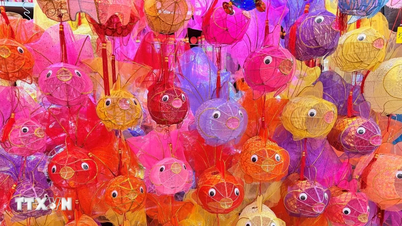




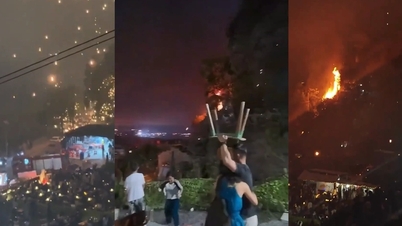


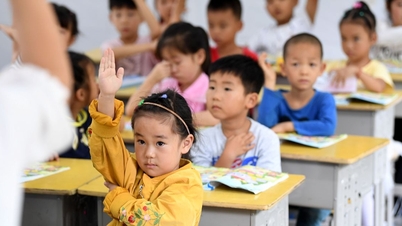
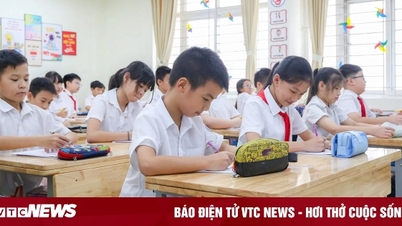

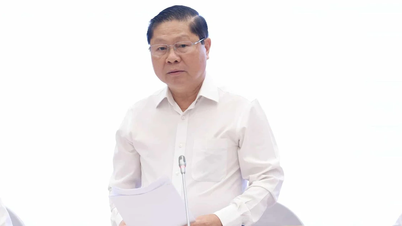

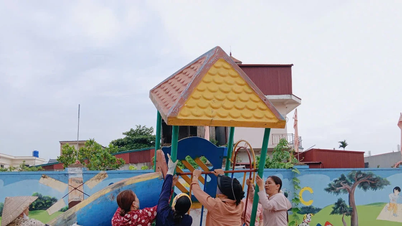

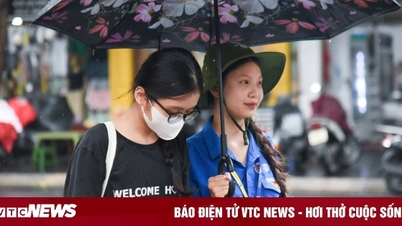
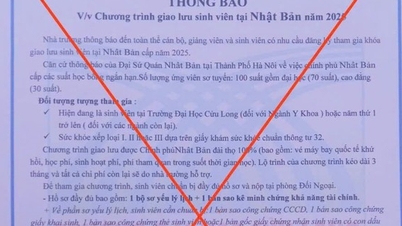








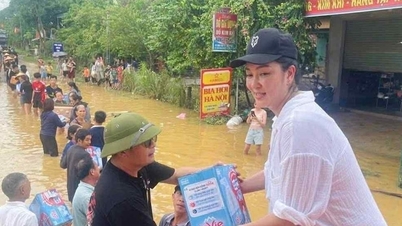
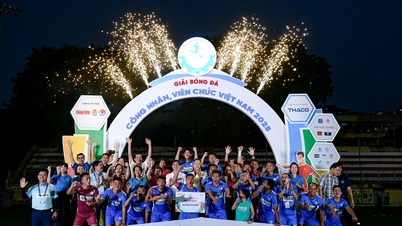

























![[VIDEO] Summary of Petrovietnam's 50th Anniversary Ceremony](https://vphoto.vietnam.vn/thumb/402x226/vietnam/resource/IMAGE/2025/10/4/abe133bdb8114793a16d4fe3e5bd0f12)

![[VIDEO] GENERAL SECRETARY TO LAM AWARDS PETROVIETNAM 8 GOLDEN WORDS: "PIONEER - EXCELLENT - SUSTAINABLE - GLOBAL"](https://vphoto.vietnam.vn/thumb/402x226/vietnam/resource/IMAGE/2025/7/23/c2fdb48863e846cfa9fb8e6ea9cf44e7)














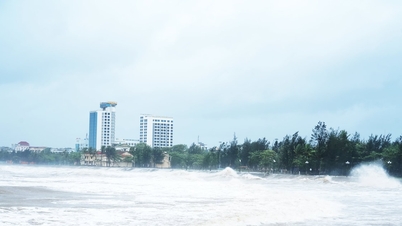






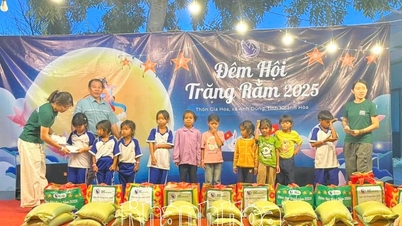















Comment (0)